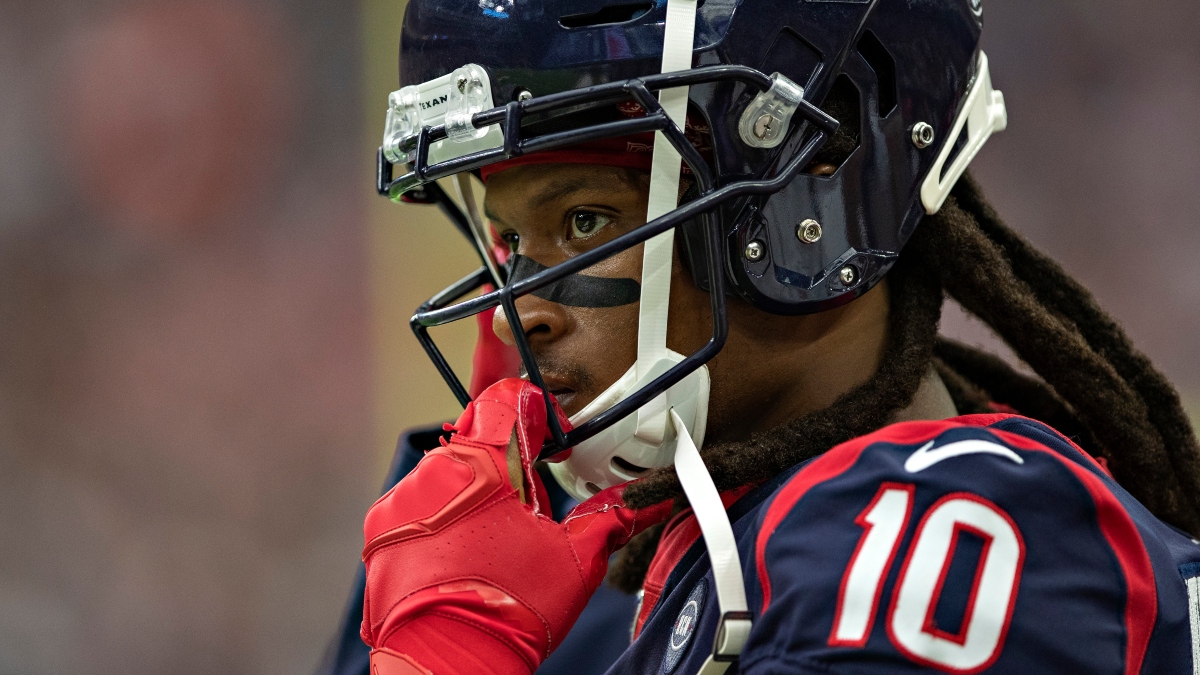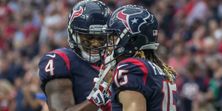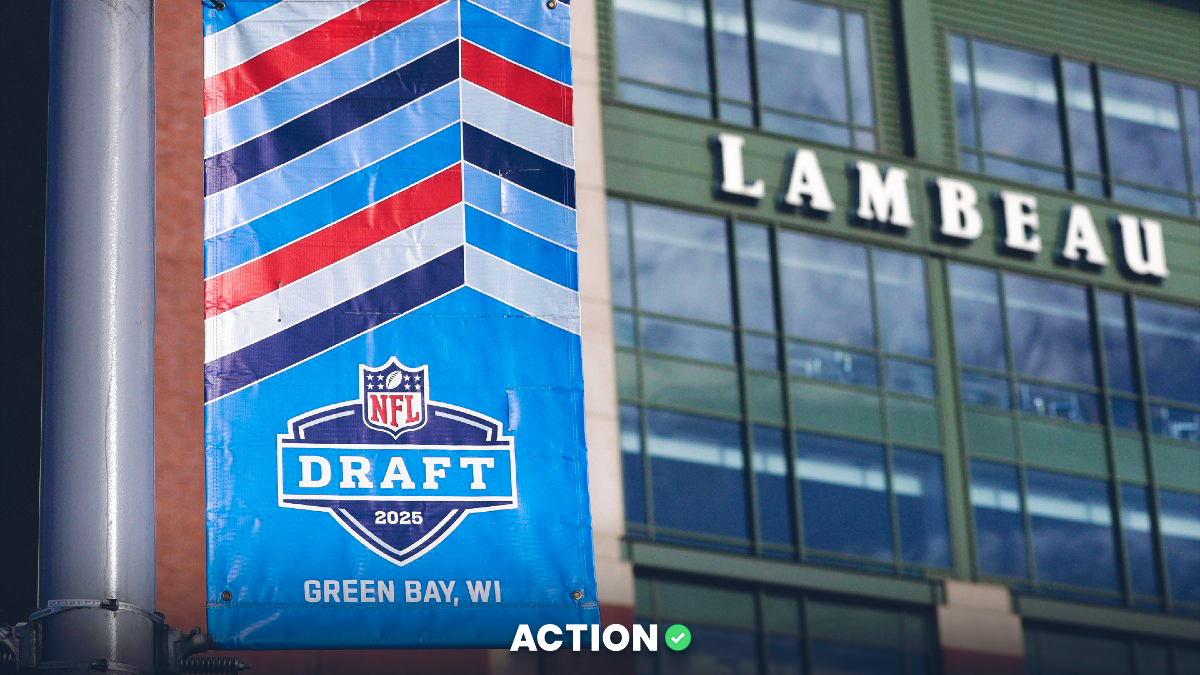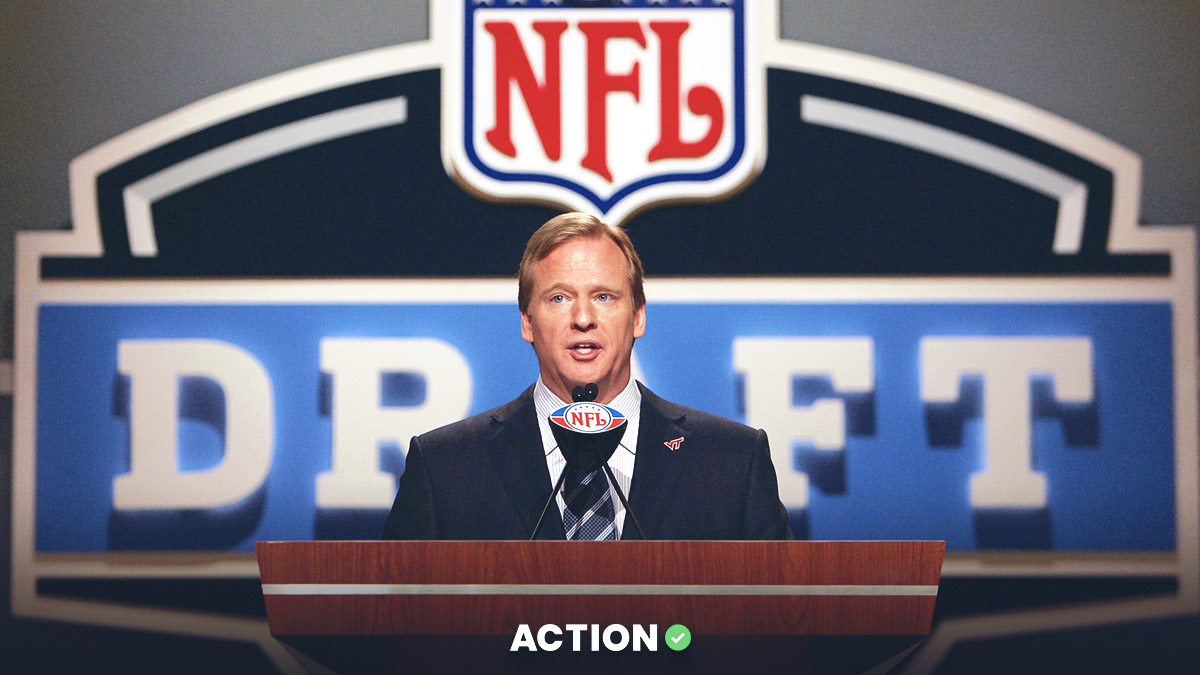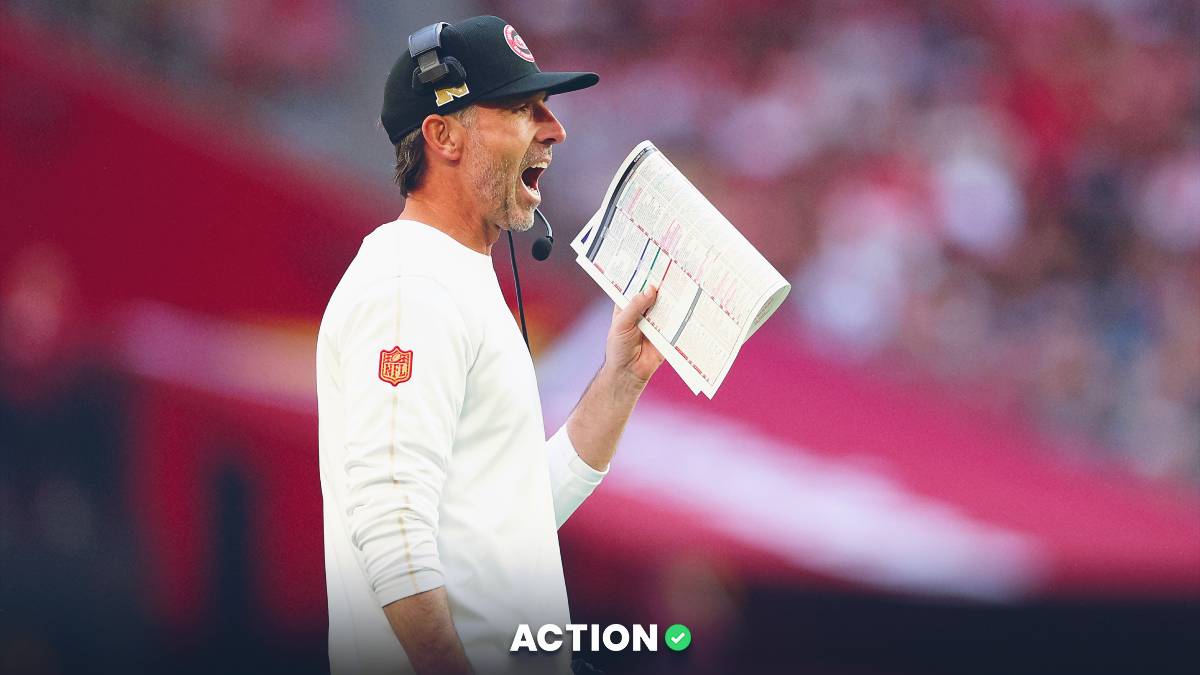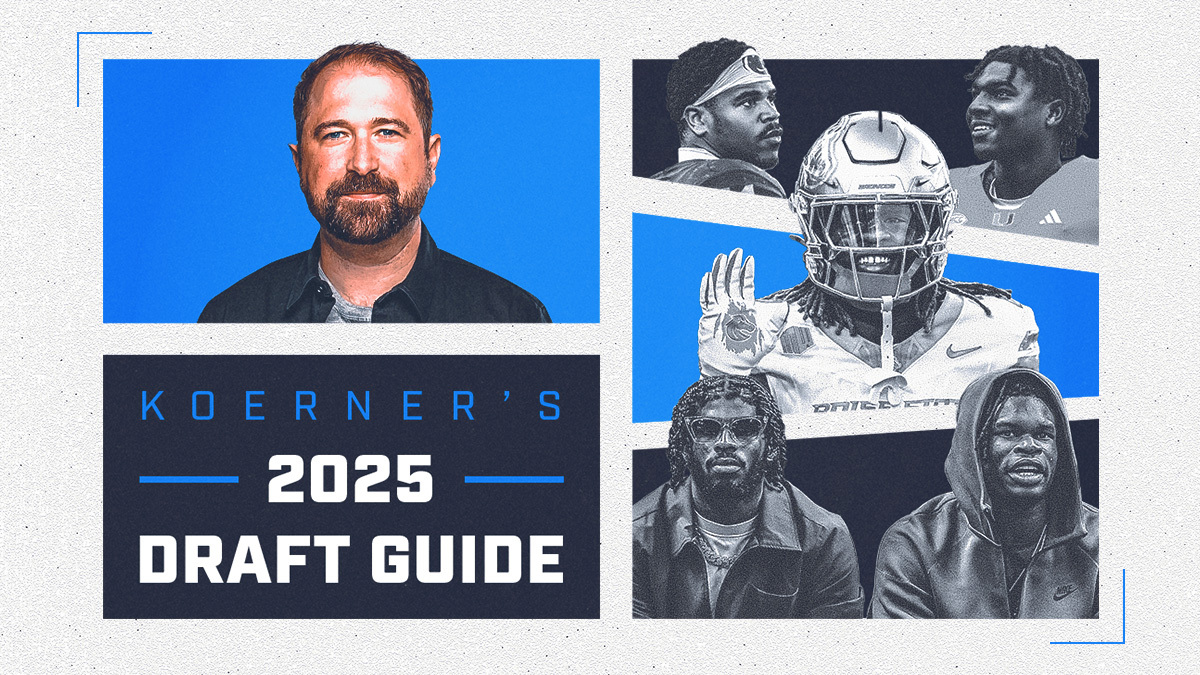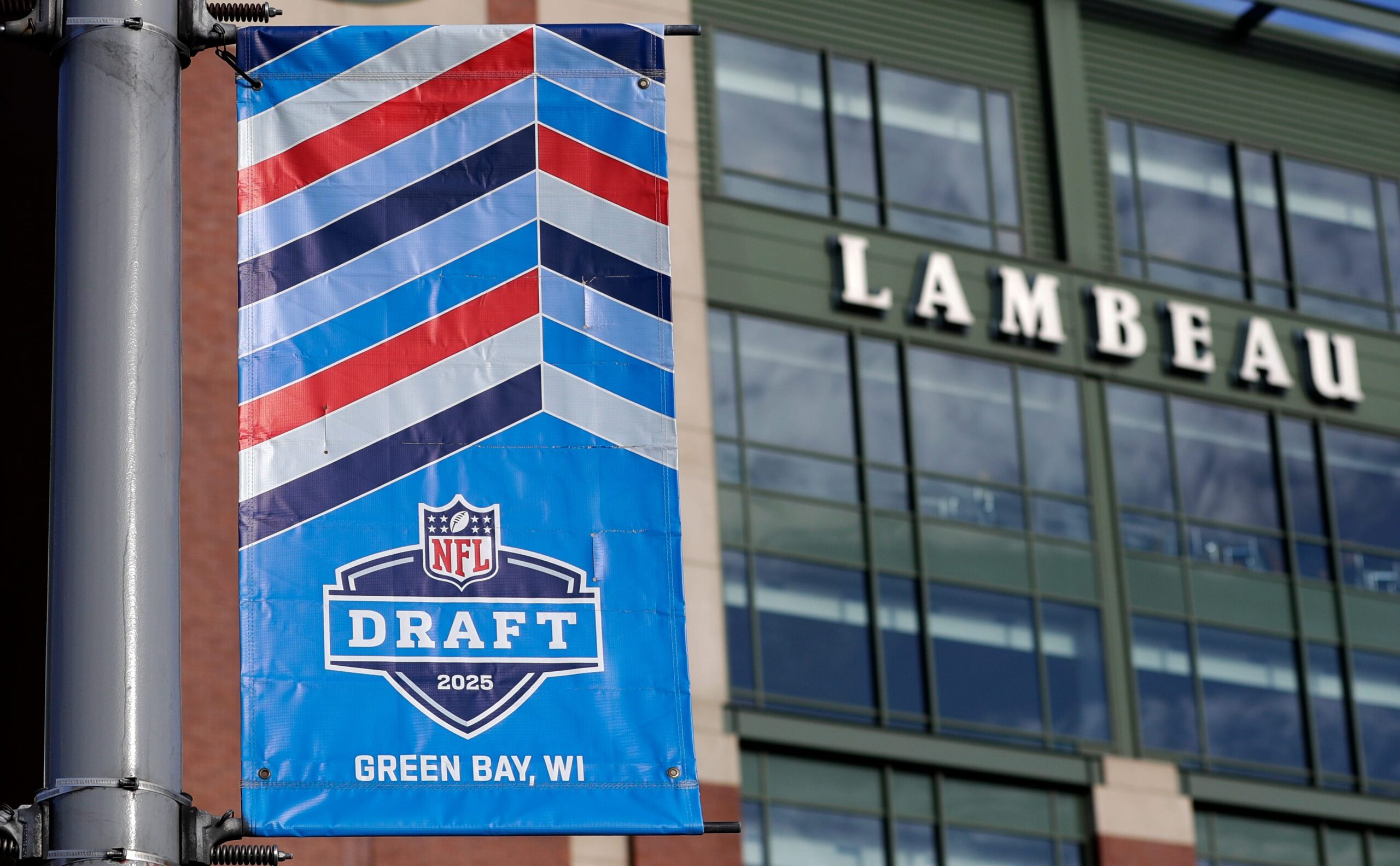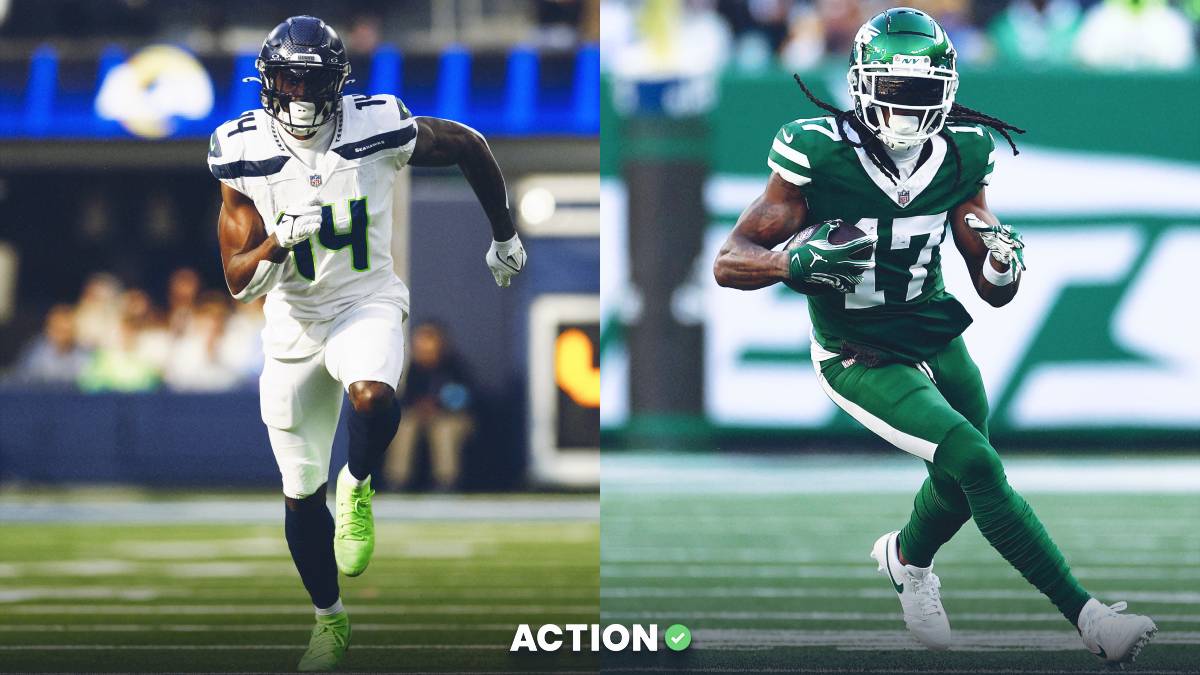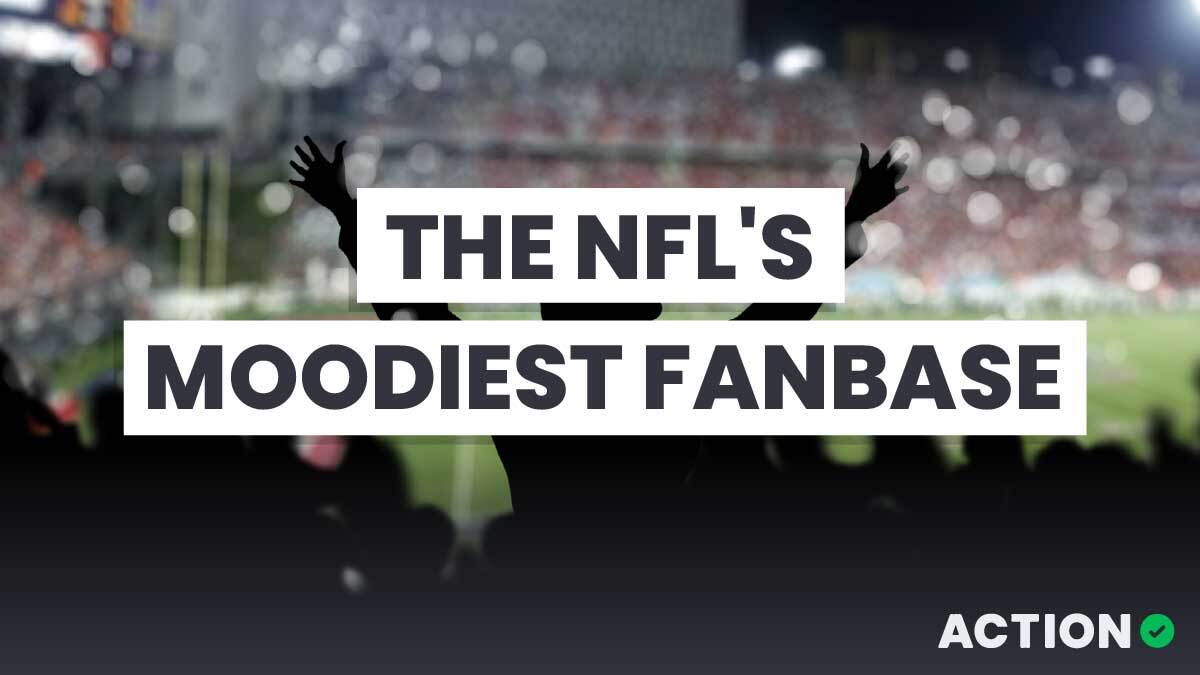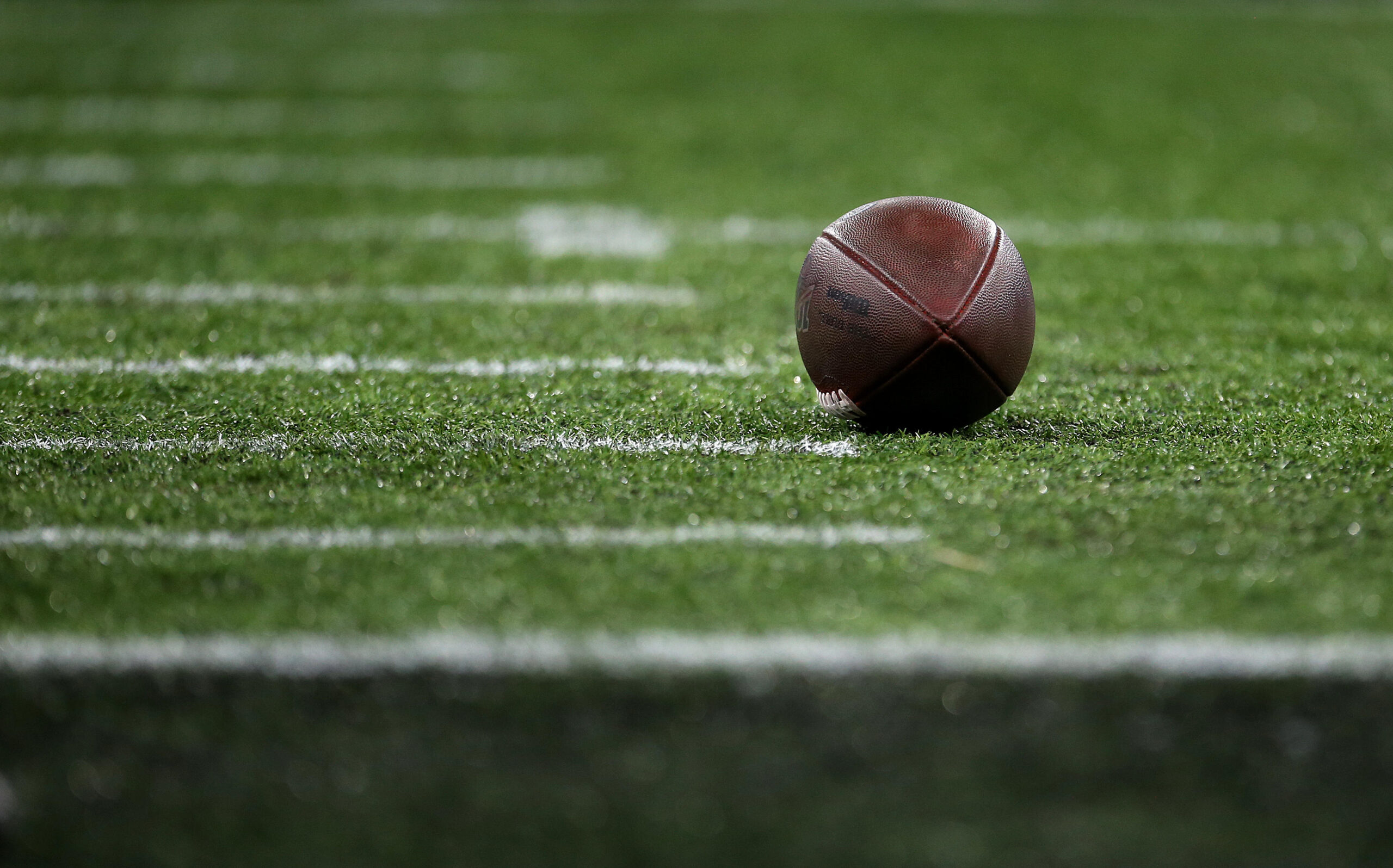Fantasy football lost one of its most explosive quarterback-wide receiver duos when the Texans traded DeAndre Hopkins to the Cardinals within hours of the new league year opening. Now Hopkins will have to form a new connection with Kyler Murray.
The deal — which includes shipping David Johnson to the Texans — has fantasy implications for skill players on both teams, but let's focus on how it shifts expectations for Arizona's passing game.
Our trio of fantasy football experts — Sean Koerner, Matthew Freedman and Chris Raybon — analyze the outlooks (and their initial rankings) for Hopkins, Murray, Larry Fitzgerald and more.
Tom Brady Free Agency Promo! Bet $5 and Win $100 if TB12 picks any team with the exception of the Jets, Bills or Dolphins
What It Means for DeAndre Hopkins
Koerner
Hopkins is arguably the best wide receiver in the game, but his fantasy football value will take a decent hit as he goes from an offense ran by Deshaun Watson — who Hopkins has formed chemistry with over the past three years — to a new system and quarterback.
The Cardinals run a fast-tempo Air Raid-style offense that often uses four WRs. I have no doubt Hopkins will lead them in target share, but they're more likely to spread the ball around, negatively impacting his overall numbers.
Koerner's Post-Trade Projections for Hopkins:
- 94 receptions
- 1,266 receiving yards
- 8.3 receiving touchdowns
- Koerner's fantasy WR5
Raybon
Hopkins has ranked inside the NFL's top three in target share in each of the past three seasons, and has finished inside the top 10 every season except his rookie year in 2013. Even as Murray’s No. 1 receiver last season, Christian Kirk commanded just a 23% market share, so neither he or twilight version of Larry Fitzgerald should stand in the way of Hopkins commanding his usual gargantuan target share.
Hopkins breaks ankles and gets open. It’s what he does.
The Cardinals’ 554pass attempts last season were 20 more than Houston, and Kliff Kingsbury’s offense also operated at the fourth-fastest pace compared to Houston’s 15th-quickest, according to Football Outsiders.
Hopkins’ target ceiling is an oxymoron — there is no ceiling.
And as we’ve come to know, nothing is a better predictor of production than targets, and Hopkins' numbers since Year 2 are no exception. Here are his target shares and half PPR points-per-game ranks:
- 2019: 30% (second), WR6
- 2018: 32% (first), WR4
- 2017: 35% (first), WR2
- 2016: 26% (ninth), WR41
- 2015: 33% (third), WR5
- 2014: 26% (10th), WR18
The 2016 season was an outlier, so unless Murray turns into Brock Osweiler or Tom Savage or is injured for any length of time, odds are Hopkins produces a top-six fantasy season.
And it’s not like Nuk is falling off. Though his receiving grade from Pro Football Focus last season (87.8) wasn’t as high as in 2018 (92.5) or 2017 (90.3), it was still good for a tie for fourth overall among wide receivers with Tyreek Hill, behind only Michael Thomas (90.7), Chris Godwin (90.3) and Julio Jones (90.2).
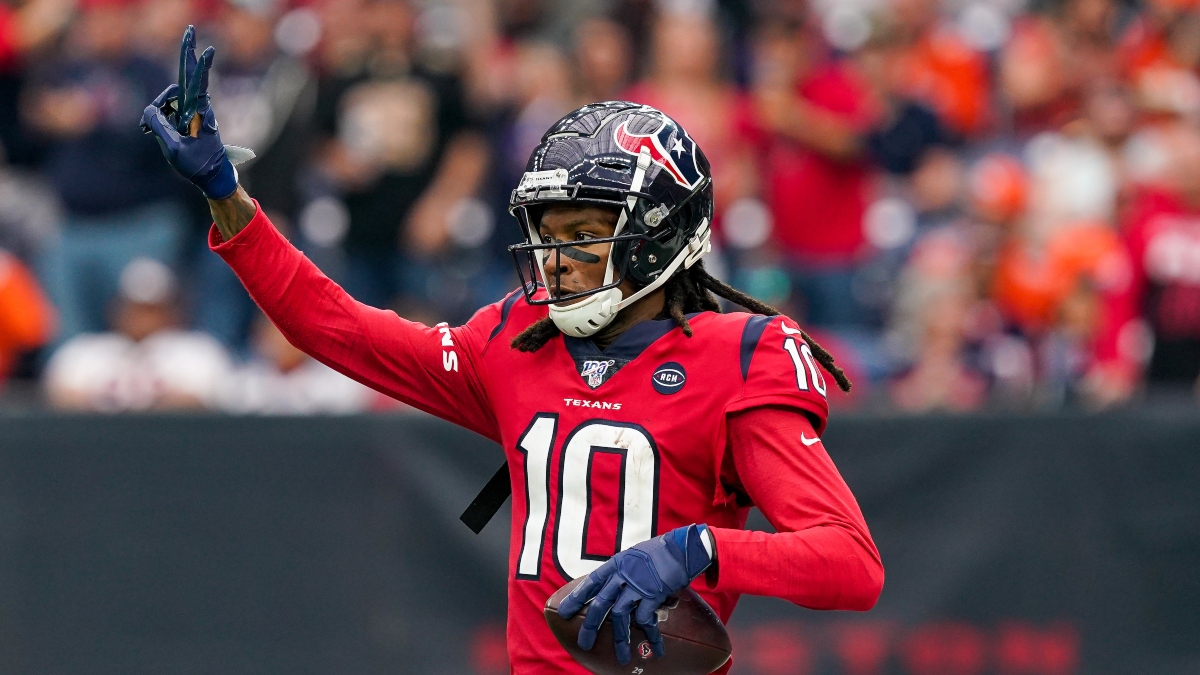
Is Hopkins’ going to experience a downgrade in quarterback play going from Watson to Murray? In theory? Yes. But tangibly? Probably not.
Per PFF, Murray’s Adjusted Completion Percentage last season was 74.4%, just 1.9% behind Watson’s 76.3% mark. Now Murray has Hopkins, and Watson does not, so that could easily flip-flop. The only things to have seemingly fallen off is the player Hopkins got traded for (Johnson) … and Bill O’Brien from his rocker.
Nuk was a top-three fantasy WR before the trade, being drafted as the WR2 (11th overall) on average. Though a lot has changed since, nothing has really changed.
Freedman
In early mock drafts, I had the Cardinals selecting Oklahoma wide receiver CeeDee Lamb at No. 8 overall. While the Cardinals amazingly were able to keep their 2020 first-rounder in their trade for Hopkins, I doubt now that the Cardinals will select a receiver on Day 1: Hopkins is superior to any receiver they could hope to draft.
Much like Raybon, I’m not expecting much — if any — decline in production for Hopkins.
He's still one of the league’s best receivers. He should still be targeted heavily. And in Kingsbury’s offense, Hopkins has the opportunity to be the clear No. 1 option in an offense with the outlier potential to lead the league in passing.
What It Means for Kyler Murray
Raybon
Murray averaged a disappointing 6.9 yards per attempt last season, while his go-to guy (Kirk) averaged 6.6 yards per target last season. By comparison, Watson has enjoyed an 8.10 yard per attempt average and has picked up 8.45 a pop targeting Hopkins over that span. To be fair, Kirk dropped from a stellar 8.8 mark in his rookie year to 6.6 in Year 2, but much of that had to do with the way in which he was used in the offense and the decline of Fitzgerald.
With Kirk as the No. 2, Fitzgerald as the No. 3 and plus-pass catcher Kenyan Drake in the backfield, the offense is slated to be that much more deadly.
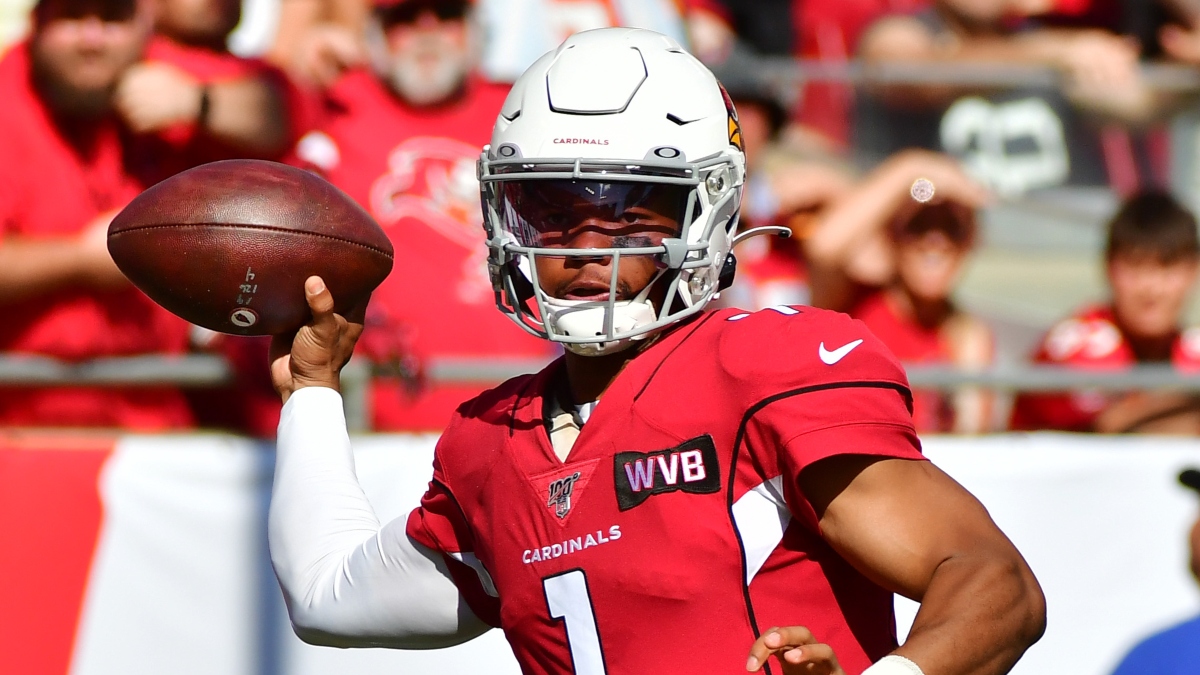
Collectively, Murray now has borderline weapons of mass destruction, especially if Andy Isabella, Hakeem Butler and/or KeeSean Johnson pan out in Year 2. It’s going to be so hard to go late-round quarterback with Murray on the board (even though you absolutely should be using that strategy).
Freedman
With the No. 8 pick, I expect the Cardinals to address the offensive line and select one of the top tackles in the draft, such as Tristan Wirfs, Mekhi Becton or Jedrick Wills Jr.
The 2020 season should see marked improvement for the Cardinals in general and Murray in particular with a beefed-up receiving unit and offensive line.
Koerner
Murray gets a significant boost from this deal.
He's gaining arguably the best WR in football and losing his backup RB. Fitzgerald is returning for his 17th season and will provide a solid veteran presence while Kirk is set up for a Year 3 breakout.
Before the trade, I had Murray pegged for 247.5 passing yards per game with a 4.5% passing touchdown rate (passing touchdowns/pass attempts). With the addition of Hopkins, I've adjusted those to 261 passing yards and a 4.7% TD rate. This bumps up Kyler’s season-long projections to 3,993 passing yards and 25.9 passing touchdowns, elevating him from QB6 to QB4 in my season-long fantasy rankings.
Koerner's Post-Trade Projections for Murray:
- 3,993 pass yards
- 25.9 pass TDs
- 528 rush yds
- 4.5 rush TDs
- Fantasy QB4
What It Means for Cardinals WRs
Freedman
Fitzgerald and Kirk should see a marked decline in targets and production.
In Weeks 1-4, Fitz perhaps might be his typical “Hey, the old man’s still got it” self, but he will almost certainly fade to black after the first month of the season.
As for Kirk, at best he will be a Will Fuller-esque field-stretching supplement to Nuk, but the outsized hopes many investors had for him have evaporated: Kirk now seems extremely unlikely ever to be anything more than a volatile No. 2 receiver.
Raybon
As mentioned, Kirk’s efficiency dropped last season, so even though he’s effectively getting demoted from No. 1 to No. 2, the drop-off may not be harsh. No. 2 receivers can generally expect to see 17-20% of the targets — Fitzgerald saw 20% last season — and Kirk’s efficiency should rebound with Hopkins stepping in as Priority No. 1 for opposing defenses.
Target-wise, Fitzgerald will likely bear the brunt of the negative impact from the acquisition of Hopkins.
It’s probably for the best.
The 36-year-young future Hall of Famer looked somewhat miscast as a No. 2 option in Kingsbury’s offense last season, and at this stage appears better suited to be a lower-volume chain mover who can still pick up tough first downs on third down. Now Fitz can essentially be the tight end of this offense. But this should solidify his dissent into “better real-life than fantasy option” territory.
Koerner
Once I transferred my Hopkins projections from Houston to Arizona, the Cardinals were left with a surplus of 900 yards and seven touchdowns, so I had to shave every player's projections (including Hopkins) down to match my overall team projections.
As a result, Kirk's and Fitzgerald's projections fell quite a bit. I also had to cut down projections for Arizona's fringe WRs such as Andy Isabella, Trent Sherfield and Damiere Byrd.
- Kirk's Post-Trade Projections: 59 rec, 755 yds, 4.3 rec TD (WR48)
- Fitzgerald's Post-Trade Projections: 56 rec, 597 yds, 4.2 rec TD (WR62)


